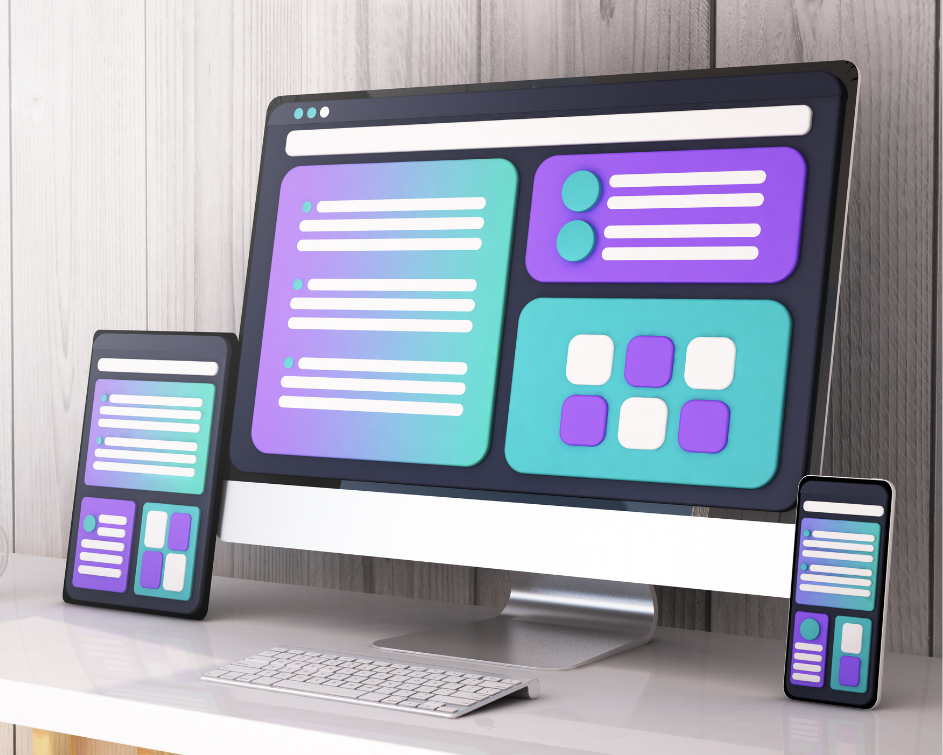FiNASAL Quality Assurance Services
FiNASAL’s tailored quality assurance services detect and resolve software issues, ensuring seamless performance and a successful go-live.
At FiNASAL, we understand that flawless software is critical for financial institutions to deliver seamless customer experiences and maintain trust. Our tailored Quality Assurance (QA) services ensure your Microsoft Dynamics 365, CRM, ERP, and fintech solutions are robust, secure, and market-ready. Powered by our FiNASAList expertise, we combine cutting-edge tools, deep financial services knowledge, and a meticulous methodology to eliminate issues, enhance performance, and drive success. Partner with us to achieve unparalleled quality and dominate the fintech landscape.
Why Fintech Needs FiNASAL’s QA Services
In the high-stakes world of financial services, software glitches, compliance gaps, or usability issues can erode trust and market share. FiNASAL’s QA services are designed to deliver SAMA- and ZATCA-compliant solutions that are secure, scalable, and user-friendly. From banking platforms to microfinance apps, we ensure your software meets the highest standards, enabling faster time-to-market, enhanced reliability, and superior customer satisfaction.
Key Benefits
We believe in our values, the core of our sucecss and work together to deliver trust, convenience, and empowerment to our clients, enhancing their overall financial well-being
Early Bug Detection
Identify and resolve issues early to prevent costly fixes.
Optimized Performance
Ensure peak performance under high loads for seamless user experiences.
Cost Efficiency
Save up to 30% on development costs with streamlined QA processes.
Comprehensive Testing
Cover functional, security, performance, and responsive testing.
Expert Fintech Team
Leverage over decades of FiNASALists experience of QA expertise for tailored solutions.
Proven Client Success
Trusted by 1,000+ customers and 50+ global companies.
FiNASAL’s Comprehensive QA Solutions
Our FiNASALists deliver end-to-end QA services tailored to the unique demands of financial institutions, ensuring compliance, security, and performance.


Functional Testing
Assure every feature behaves as intended across happy paths, edge cases, and integrations.
Scope
Requirement/Acceptance Criteria validation (story‑level & end‑to‑end)
Smoke, sanity, regression, system & integration testing
API and data validation; cross‑module workflows; configuration testing
UAT support (scripts, facilitation, defect triage)
Deliverables
Requirements coverage map & traceability
Executed test suites with pass/fail & defect linkage
Release readiness report with quantified risk
Typical Add‑ons: test data design, API mocks/stubs, data migration checks.
Test Automation
Speed up cycles and increase coverage with maintainable automation.
What we do
Strategy & ROI model – select high‑value candidates; decide when to automate vs. manual
Frameworks – build or extend UI/API/mobile frameworks; plug into CI/CD
Script development & maintenance – smoke, regression, and critical journeys
Reporting – dashboards, flaky‑test triage, reliability thresholds
Where we automate
Web apps (UI + API), mobile apps, data validations, environment checks
Outcomes
Faster feedback, higher consistency, broader coverage, lower cost per test over time


Responsive & Compatibility Testing
Guarantee a consistent experience across real devices, screen sizes, browsers, OSs, and varying networks.
Focus areas
Layout and viewport behavior; touch/gesture support; font/asset loading
Cross‑browser/OS matrices; dark/light mode; accessibility basics (color/contrast, focus order)
Network shaping (3G/4G/5G, high latency) and offline/limited connectivity behaviors
Workflow
Device & browser matrix → scenario design → execution on real devices/cloud labs → issues prioritized by user impact → retest/closure
Sample tools
Real‑device clouds and developer tools for layout/debugging (we align to your stack)
Usability (UX) Testing
Validate that users can complete key tasks quickly and confidently.
Methods
Hallway tests & moderated studies (prototype to production)
Expert/heuristic reviews, UI consistency audits
A/B experiments and remote testing for scale
Outputs
Task success & time‑on‑task, error rates, SUS/NPS trends
Prioritized UX issues with design recommendations and before/after evidence
Performance Engineering
Ensure stability and speed under real‑world and peak conditions.
Test types
Load – typical concurrency and throughput
Stress/Spike – failure thresholds, graceful degradation
Soak – memory leaks, resource utilization over time
Scalability – horizontal/vertical scale characteristics
What we measure
Response times & percentiles, error rates, throughput, capacity/queuing, resource use
Deliverables
Test models & user‑load patterns, environment blueprint
Bottleneck analysis (app, DB, network, CDN) with fix recommendations
Capacity plan & performance budgets per release


Security & Penetration Testing
Find and fix exploitable weaknesses before attackers do.
Approach
Threat modeling & scope → automated discovery → manual verification/exploitation → risk rating → retest
Coverage
Web app vulns (auth, access control, input validation, session, configuration)
OWASP Top 10 categories; API security basics; third‑party component checks
Deliverables
Executive summary and technical report with proof‑of‑exploit, CVSS severity, and step‑by‑step remediation
Tooling & Environments
We’re tool‑agnostic and integrate with your ecosystem. Typical choices include:
Automation: Modern UI/API/mobile frameworks compatible with your stack; CI/CD integration
Device/Browser labs: Real‑device clouds for cross‑platform coverage
Performance: Industry‑standard load tools and APM hooks
Security: DAST/SAST helpers plus manual verification

Engagement Models
Project‑based – Scoped SOW for specific releases or modules
Dedicated QA squad – Cross‑functional pod (QA lead, SDET(s), manual QA, performance/security specialists as needed)
Team augmentation – Embed our QA experts alongside your engineers and designers
Working model: On‑site/remote blend, sprint ceremonies, and SLAs for response/resolution.
Reporting, KPIs & Governance
Coverage vs. risk map, defect escape rate, MTTR, automation stability, performance budgets
Weekly quality scorecards and release readiness summaries
Executive dashboards and technical deep dives

Frequently Asked Questions
No—automation augments manual exploratory and UX validation for best coverage.
Yes. We adopt your stack or recommend a minimal‑change path.
Release stability, user‑visible performance, critical‑path conversion, and reduced defect escape.
